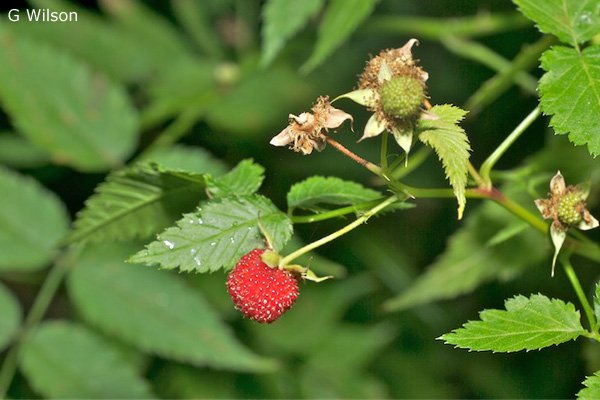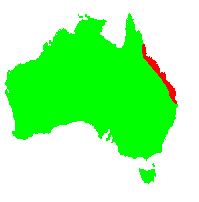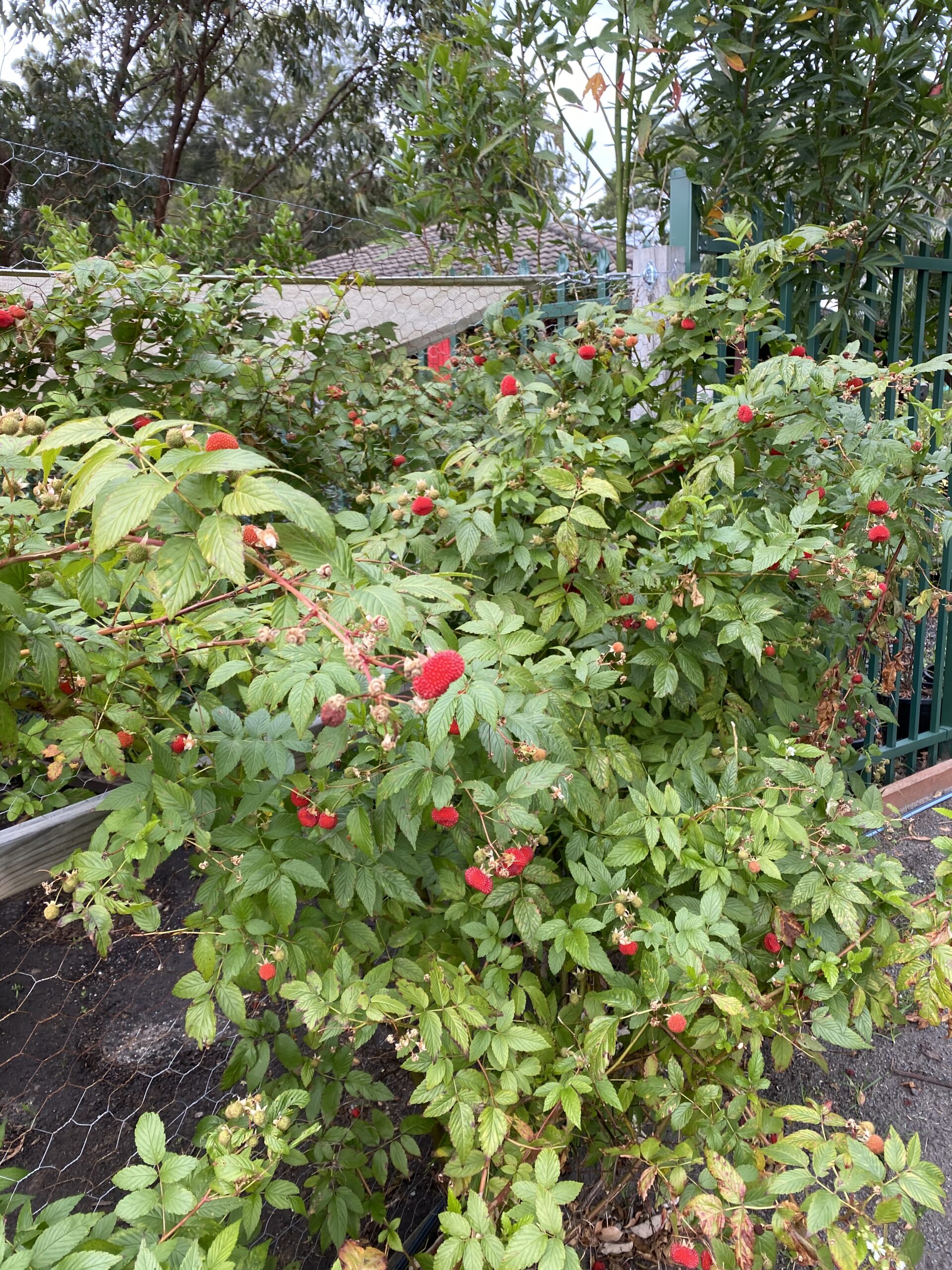
Rubus Probus
Common name: Atherton Raspberry, Wild Raspberry
I grow best:
· Tolerates drought, protect from frost
· Full sun/part shade
· Prickly, Height up to 3m, width 2m
· Soil – well-drained
· Edible, fruits within 1yr
· Attracts – bees, birds & insects
Looks like: R.probus is a rampant grower with prickly canes – if left unchecked, it can form impenetrable thickets. The leaves are bright green and pinnate in form usually with 5 elliptical leaflets tapering to a point. Leaflets are about 50 – 60 mm long by 20 – 30 mm wide with toothed margins. The white, 5-petalled flowers occur in spring and summer and are followed by the bright red fruits which have clusters of juicy, pink to bright red lobes forming the berry, some 10 – 30 mm in diameter.
Habitat & Growing: Found along the Eastern Coast of Queensland. Rubus is a large genus of about 250 species found in many parts of the world. They are often known as brambles because of the rambling, prickly nature of the arching stems of some species. The best known members of the genus are probably the blackberry, raspberry, loganberry and youngberry. The blackberry (Rubus fruticosus and related species) has become a serious weed in temperate parts of Australia because its seeds are spread by birds and the nature of the plant makes it resistant to control by grazing animals.
Because of its habit, this is not really a plant for the small home garden. It is a hardy plant for larger properties in a sunny position and it responds well to pruning so it can be kept to manageble proportions if regularly maintained. It requires adequate water and well drained soils to perform well. The fruit has a sharp berry-raspberry flavour, stronger than exotic raspberries.
The species can be grown from seed which does not require any special pre-treatment. However, germination may be slow. Propagation can also be carried out using cuttings of firm, current season’s growth.
Distribution:

Traditional uses: Known as native raspberry this widespread plant was used by Aboriginal people for its sweet berries that it produces in the summer months. The berries contain high amounts of antioxidants, so it was not only a delectable but healthy treat for the traditional people of this region.The leaves of the plant were used for treating stomach complaints. Leaves are mixed with water and drunk like tea.

